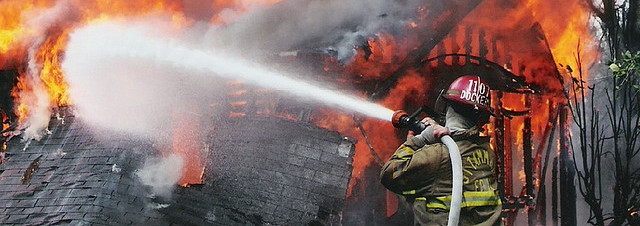


A review of the mainstream media over the last year makes it abundantly clear that organizations of all types can experience a crisis situation that can threaten its reputation and possibly its very existence.
Some of these crises are self-inflicted and the result of negligence, poor management or unethical behavior. Some recent examples include:
The VW Diesel Emissions Scandal Explained (New York Times) – Damage to reputation, loss of business, government fines and legal exposure.
Dan Snyder’s Fight to Save Redskins’ Name Has Been One Long PR Disaster (Huffington Post) – Damage to brand, legal exposure, risk of opportunity loses http://www.huffingtonpost.com/brian-frederick/dan-snyders-fight-to-save_b_5508212.html
The Theranos Mess: A Timeline (Fortune) – Damage to reputation, risk of investor scrutiny
In others cases the organization suffers the crisis due to the actions external parties such as:
What to Know About the Ashley Madison Hack (Fortune) – Loss of business, exposure to legal action
SUBWAY FRANCHISEE: I told Subway about Jared Fogle’s interest in kids, and they did nothing (Business Insider) – Damage to reputation
Oregon shooting: Gunman dead after college rampage (CNN) – Damage to reputation, exposure to legal action
Regardless of the cause of the crisis the impacted organization needs to be able to respond, and respond quickly and effectively in order to minimize the potential damage and return to business as usual. This is easy to say, but harder to do as it requires planning and practice by the communications team and consistent support by senior management.
